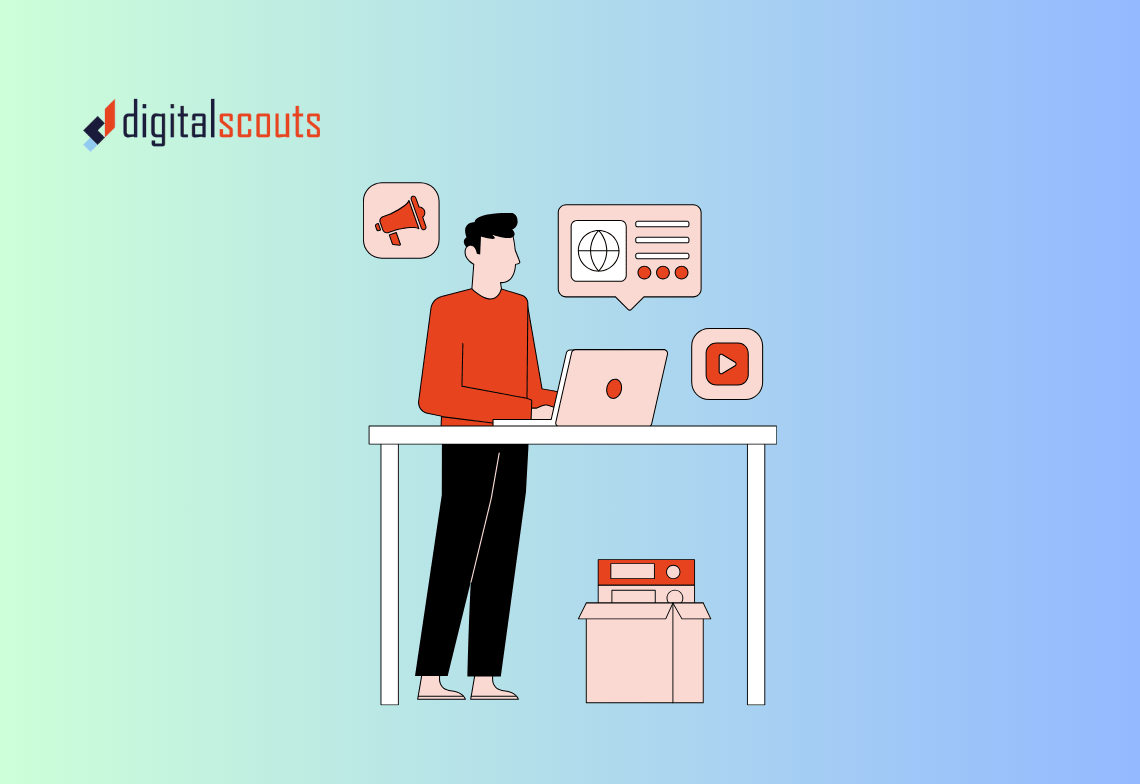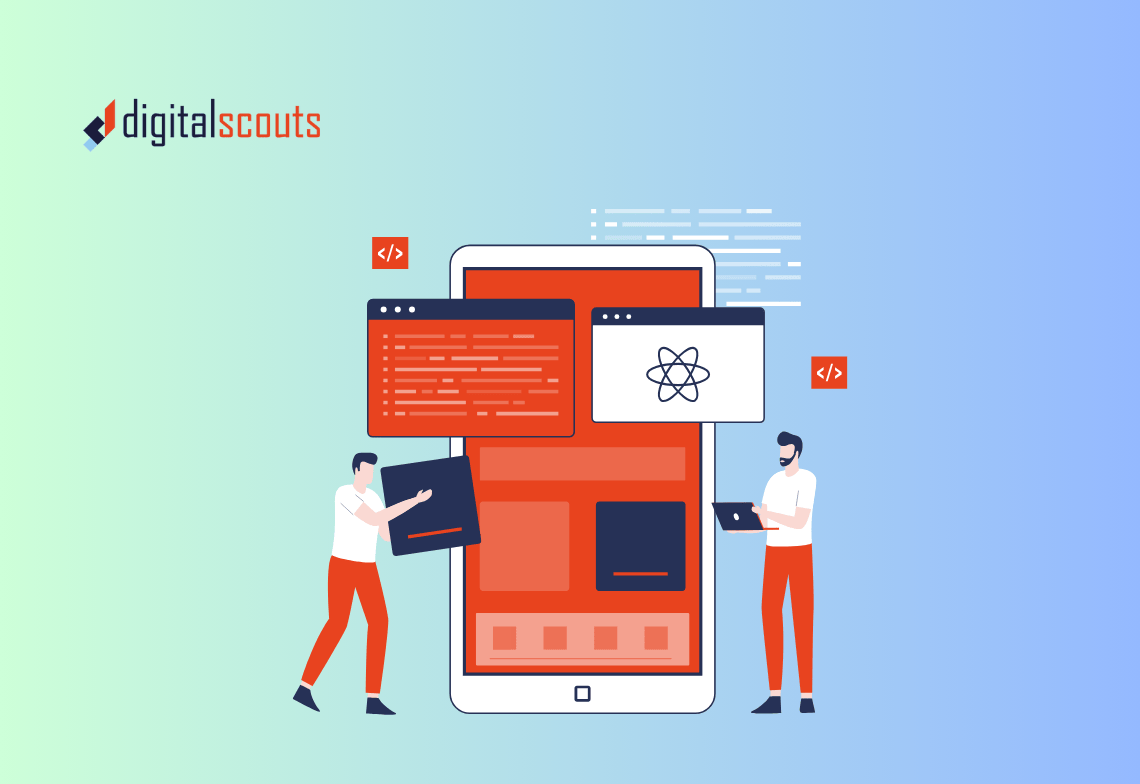Buyers today ask questions and expect one clear answer. They no longer scroll through pages of links. They speak naturally to AI engines and get instant, conversational results. For marketing, sales, and operations leaders, this change reshapes how visibility and engagement work online.
In 2025, content must perform across voice assistants, chatbots, and AI-driven answer engines. It must sound natural when spoken, deliver unambiguous answers, and connect back to measurable outcomes in your CRM. This article explains how conversational AI, voice search, and chatbots are redefining B2B content strategy — and how to build an approach that fuels real pipeline growth.
What conversational AI means for B2B growth
Conversational AI includes the systems that understand and respond to human language — chatbots, voice assistants, and intelligent agents. Powered by natural language processing and machine learning, these tools now handle everyday business interactions.
When a prospect asks Siri or Perplexity a question about your category, the AI decides which brand’s content to surface. That means your visibility depends on how well your content answers questions directly and conversationally.
For RevOps leaders, this is not just about traffic. It is about ensuring every AI-delivered answer leads back to your business and into HubSpot, where it can be tracked, routed, and measured as part of the revenue engine.
Voice search optimisation that wins the answer
Voice search has changed how buyers phrase questions and what they expect from results. Queries are longer, conversational, and usually start with who, what, where, when, or how. They also show stronger intent. Someone asking “what is the best CRM for small businesses” is closer to purchase than someone typing “CRM tools.”
How to optimise content for voice and AI answers
Use natural, long-form queries
Write the way your audience speaks. Instead of focusing on single keywords, craft sentences that mirror spoken intent.
Build question-based structures
Use headings that ask and answer specific questions. Format short, direct answers at the top of sections so AI engines can quote them easily.
Optimise for Featured Snippets
Voice assistants often read Google’s top snippet. Keep paragraphs under 60 words and use numbered steps or bullet points to clarify logic.
Add schema markup
Apply FAQ and How-To schema to help search engines understand context and structure.
Focus on experience
Fast loading, mobile-optimised pages and concise copy improve both human engagement and AI selection.
Teams that implement FAQ blocks, schema markup, and conversational tone consistently see higher inclusion in AI answers and stronger inbound quality.
To close the loop, track contacts sourced from voice-led searches in HubSpot and measure how they progress through your funnel.
Chatbot content that qualifies and routes
Modern chatbots do more than answer basic questions. They nurture visitors, qualify intent, and move prospects toward action in real time. When connected to HubSpot, every conversation becomes measurable — revealing where interest turns into opportunity.
How to build an effective chatbot content strategy
Define persona and tone
Decide what your chatbot represents. Keep the tone aligned with your brand voice so every interaction feels authentic.
Map intent and outcomes
Use CRM and analytics data to identify common questions at each funnel stage. Build dialogue paths that guide users from interest to conversion or support.
Write short, direct responses
Chat conversations work best with simple, one-sentence answers. Break complex topics into steps or options.
Plan for handoffs
When a bot cannot resolve a query, route the user to a human agent or link relevant resources. This keeps satisfaction high and bounce rates low.
Integrate with HubSpot
Link chatbot data with contact and deal records so qualified chats trigger tasks, emails, or lead assignments.
Teams that do this see lower response times and higher conversion from anonymous visitor to known lead.
Improve continuously
Review chat logs weekly. Adjust flows, refine responses, and add missing content. Chatbots improve fastest when treated as part of the RevOps process.
The role of NLP in smarter marketing
Natural language processing allows AI systems to interpret meaning and intent. For marketers, this technology enhances targeting, content creation, and customer insight.
Content planning and optimisation
NLP tools can identify trending themes, generate outlines, and adjust tone for clarity. They help ensure each post matches search intent and brand voice.
Segmentation and personalisation
By analysing language in forms and chat transcripts, NLP reveals behavioural patterns that support more accurate buyer personas.
Sentiment and context
Monitoring tone in customer feedback highlights opportunities for retention and cross-sell.
Automation and attribution
Integrating NLP insights with HubSpot properties allows teams to tag conversations by sentiment or topic, improving reporting accuracy and nurturing logic.
NLP brings the same precision to content that analytics brought to advertising — measurable understanding of what your audience really says and means.
Adapting your content strategy for the conversational era
To remain visible, content must shift from keyword density to intent clarity. AI and answer engines prioritise content that reads naturally, answers questions directly, and can be summarised cleanly.
Five adjustments every B2B team should make
1. Focus on topics, not isolated keywords
Build comprehensive content clusters that answer every key question on a theme. Internal linking signals topical authority.
2. Lead with questions
Each section should answer a real query. This improves voice visibility and positions your brand for AI citations.
3. Structure for scanning and summarisation
Use short paragraphs, tables, and bullet points so AI and humans can extract meaning quickly.
4. Write for the ear, not just the eye
Read content aloud during editing. If it sounds natural, it is more likely to perform in voice search.
5. Measure in pipeline terms
Track how conversational content contributes to qualified leads and closed revenue, not just impressions.
When strategy, structure, and measurement align, your content becomes both discoverable and accountable — a true RevOps asset.
Example: Voice search vs chatbot interaction
| Interaction type | Typical query | Format that performs best |
|---|---|---|
| Voice search | “What is the best CRM for small businesses?” | Concise factual answer, FAQ, schema markup |
| Chatbot | “Can you show me CRM pricing and integrations?” | Contextual dialogue with follow-up options and embedded links |
Voice search rewards clarity and authority. Chatbots reward relevance and responsiveness. Both demand structured content that fits conversational flow.
Where conversational AI meets Answer Engine Optimisation
Answer Engine Optimisation (AEO) extends SEO for the AI era. Instead of ranking for clicks, content now competes for citations in AI summaries. Engines such as Google AI Overviews and Perplexity select content that gives direct, unambiguous answers supported by credible structure.
That makes AEO, voice optimisation, and chatbot strategy part of the same system. Each relies on language clarity, data structure, and contextual trust — qualities that determine whether your brand becomes the cited answer or remains invisible.
To stay ahead, ensure your content meets three criteria:
• It answers complete questions clearly.
• It uses structured data and consistent markup.
• It links naturally to other authoritative pages within your site.
A checklist for conversational readiness
| Area | Key actions | Measure of success |
|---|---|---|
| Voice search | Add question-based headings and schema | Increased inclusion in AI answers |
| Chatbots | Integrate with HubSpot CRM | Higher lead conversion and faster response |
| NLP | Analyse tone and intent in conversations | Improved segmentation and nurture outcomes |
| AEO | Use concise answers and internal links | Greater visibility in AI summaries |
This checklist keeps optimisation practical and measurable. Review quarterly and align updates with content refresh cycles.
Conclusion: Making content measurable in the age of AI
Conversational AI has transformed how buyers find and engage with information. For B2B leaders, success now depends on clarity, structure, and system integration. Voice search ensures your expertise is heard. Chatbots ensure your brand responds instantly. NLP ensures every interaction feels relevant and personalised.
By combining these capabilities into one content framework, you move from producing content to creating dialogue — one that search engines, AI agents, and customers all recognise as credible.
At Digitalscouts, we help B2B teams align content, automation, and HubSpot systems to perform in this new landscape. From strategy design to execution, we build frameworks that make your content discoverable, measurable, and connected to revenue.
Ready to make your content citation-ready for AI search and measurable in HubSpot?
Contact Digitalscouts to plan your next content sprint.
Frequently Asked Questions
About Author
Ashish is a B2B growth strategist who helps scaleups align marketing and sales through Account-Based Marketing (ABM), RevOps, and automation. At DigitalScouts, he builds scalable content engines, streamlines lead flows with HubSpot, and runs targeted GTM programs to drive predictable pipeline. He regularly shares insights on using AI and automation to power ABM and accelerate complex buyer journeys.








